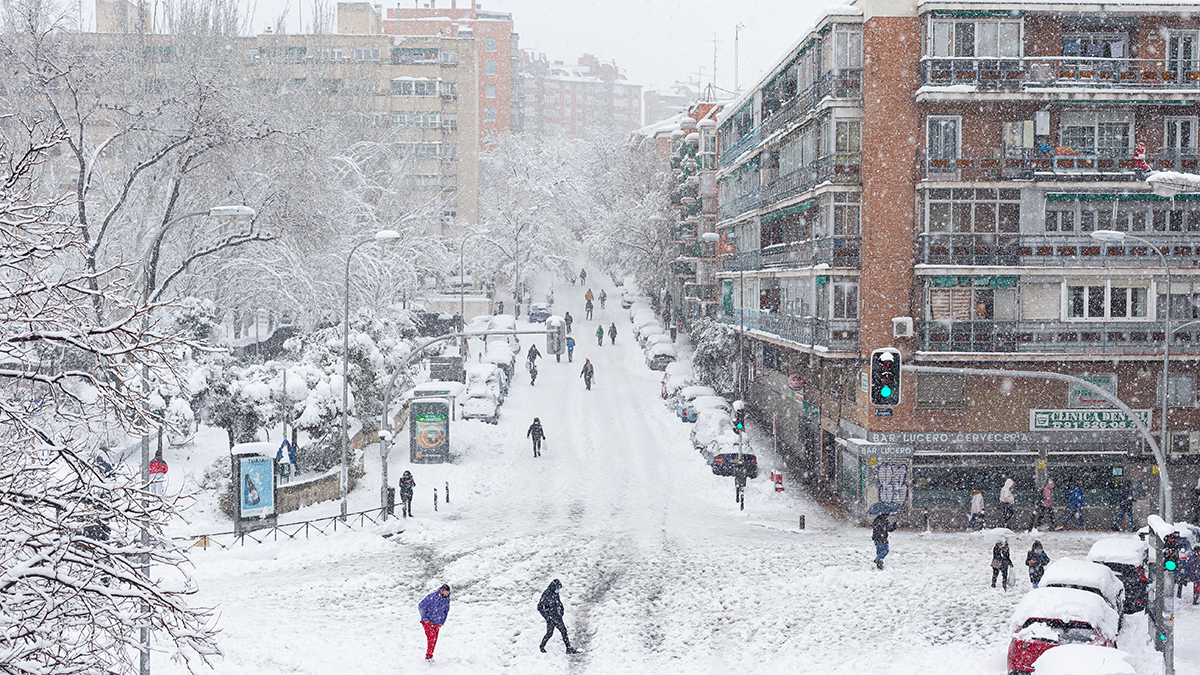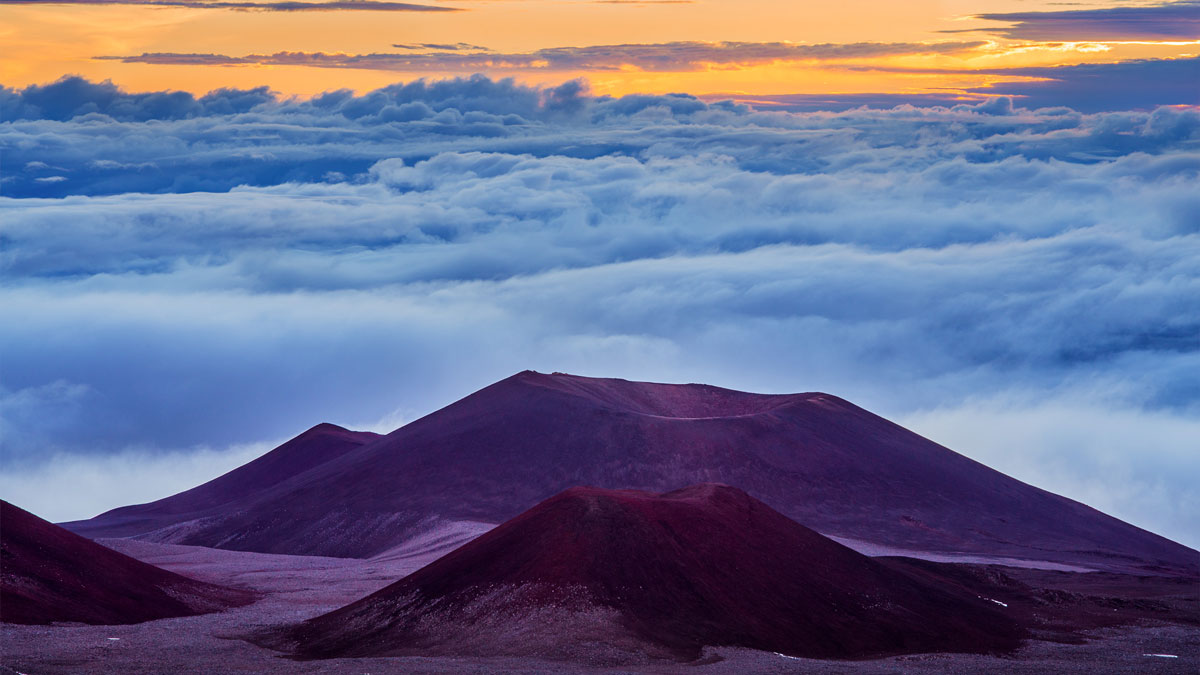Humans acutely experience climate change when they encounter extreme environmental conditions, but scientific definitions of “extreme” often don’t reflect communities’ complex lived experiences.
Diamond Tachera
Posted inOpinions
Reframing Funding Strategies to Build Reciprocity
Extractive and exploitive practices erode trust in Western science among Indigenous communities. Changing funding structures is one way to develop reciprocity and respect and repair relationships.


